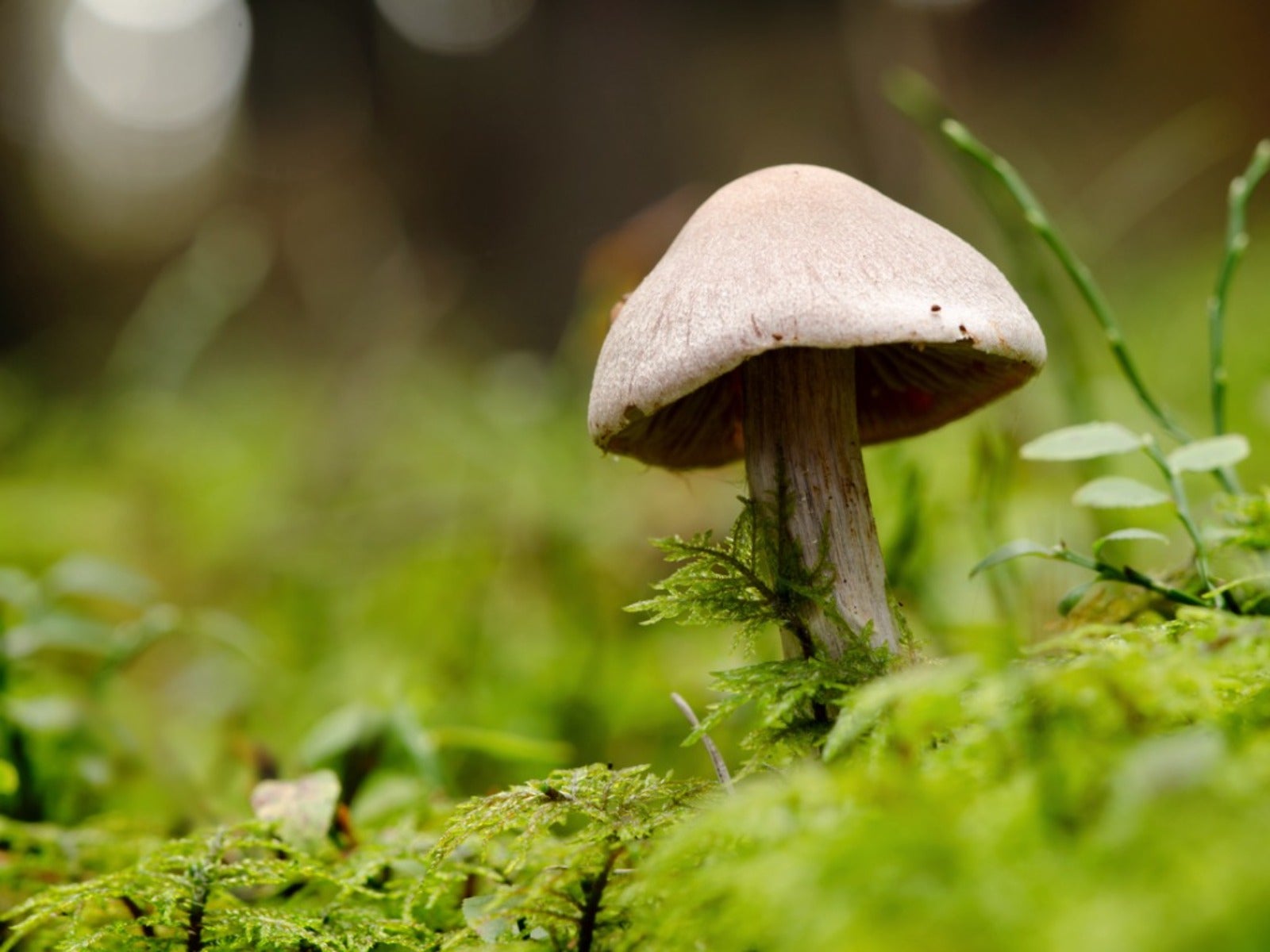Beatrix Potter: Mycologist, Illustrator, And Author


There are many pioneers in the study of plants and fungi. One of these is Beatrix Potter, naturalist and mycologist. One of the talents she was most celebrated for were her illustrations. Beatrix Potter's drawings of fungi were incredibly detailed and accurate. When she was in her early 20s she began painting accurate representations of mycological subjects. Today she is best known for the beloved children’s book Peter Rabbit and others, but her fascination with fungi spanned her life.
Beatrix Potter’s Mycological Beginnings
Many of us are familiar with Peter Rabbit, a story about an unruly and strong headed young rabbit who gets himself into trouble. But the author of this book is also a researcher, artist, and mycological enthusiast. Beatrix Potter mycology illustrations are crisp, realistic representations of the field specimens she observed. She had a lifelong passion for nature and the small fungal organisms it houses.
As a young woman, Beatrix was fascinated by the fairy-like appearance and infinite differences in various fungi. She attempted to capture their beauty through sketch and later watercolor. A few years into her work, she was reacquainted with Charlie Mcintosh, who had been her family postman. He was also a self educated naturalist, who collected specimens as he went about his route. He recognized her brilliant illustrations and fascination with fungi, and began to bring her specimens. He was key in encouraging her art and interest in the field. He found her illustrations to be particularly acute and beautiful, and was an endorser and enabler of her talent and curiosity. Charlie guided her on classification and microscope techniques and was a companion to her investigations.
Beatrix Potter Mycology Illustrations
In the Victorian era, it was fashionable for well bred young ladies to take up art. Sketches and watercolors were considered suitable activities, so Potter had become used to the activity. Her early fungal work started out as sketches and progressed to paint. She would fix specimens onto glass and study them under a microscope to get accurate detail of each fungus. Over time she would produce over 350 illustrations. Around 65 of these are preserved in the book, Les Champignons. Her earliest paintings were dated 1887, and two of these works are still in existence. By 1895 her work had become increasingly scientific, with her efforts at imaging mushroom gills of particular interest.
The Beatrix Potter Paper
Beatrix was so fascinated by her studies that she eventually wrote a paper. She had been introduced to George Massee, the Kew’s Royal Garden’s mycologist in residence. She had been successful in germinating spores and believed she had found the key to mushroom’s reproduction. Massee was less than supportive, as was the director of the Kew. She eventually presented her theories in a paper entitled, “On the Germination of the Spores of Agaricineae.” It was submitted to the Linnean Society of London, a natural history organization. The society did not admit women, so it was Massee who undertook the reading to the group. Her findings were greeted with skepticism but it didn’t stop her from her studies. Over time she gave up her mycological interests and turned to writing fiction, but Beatrix Potter's conservation efforts continued. Upon her death she left 4,000 acres and 14 farms to the National Trust for preservation.
Gardening tips, videos, info and more delivered right to your inbox!
Sign up for the Gardening Know How newsletter today and receive a free copy of our e-book "How to Grow Delicious Tomatoes".

Bonnie Grant is a professional landscaper with a Certification in Urban Gardening. She has been gardening and writing for 15 years. A former professional chef, she has a passion for edible landscaping.